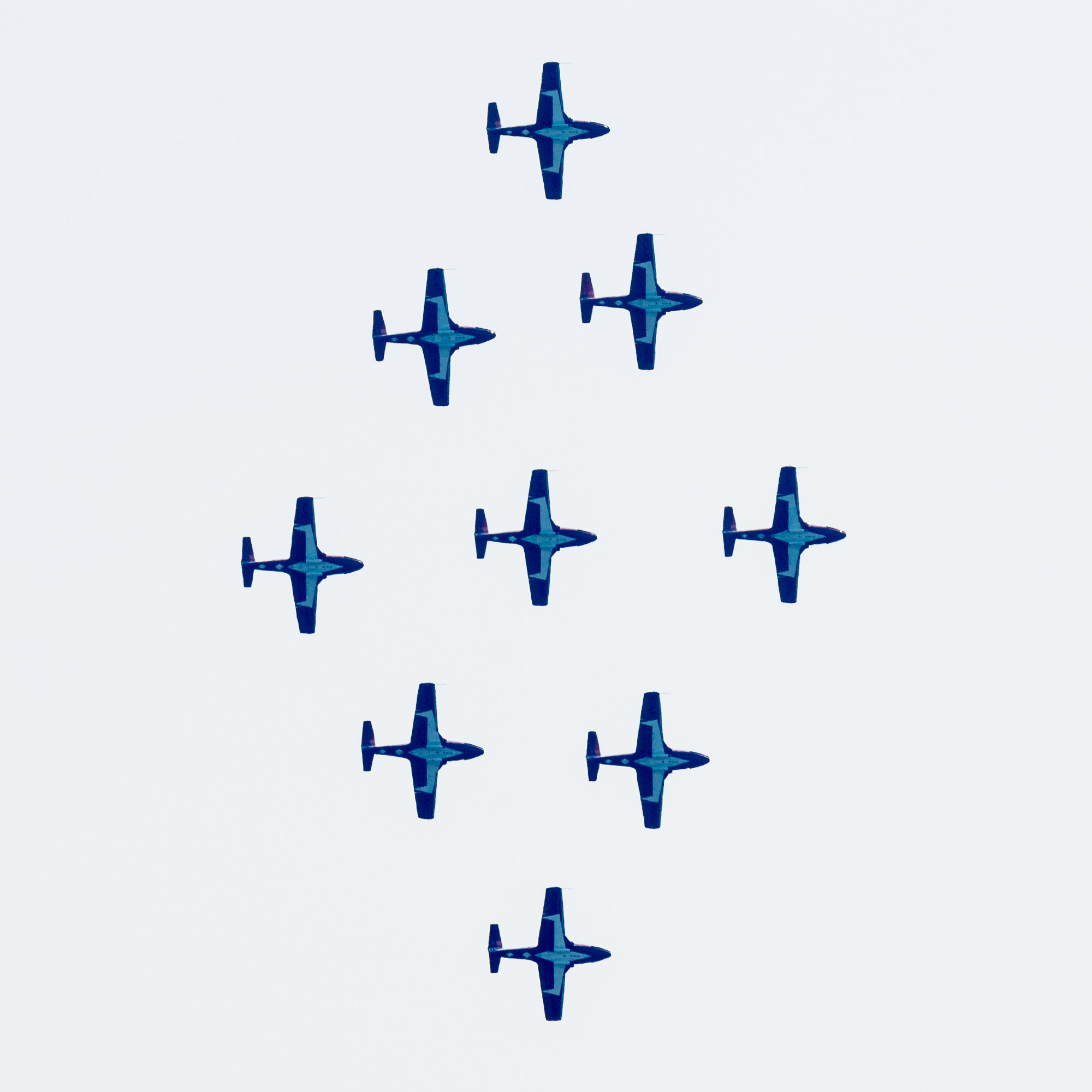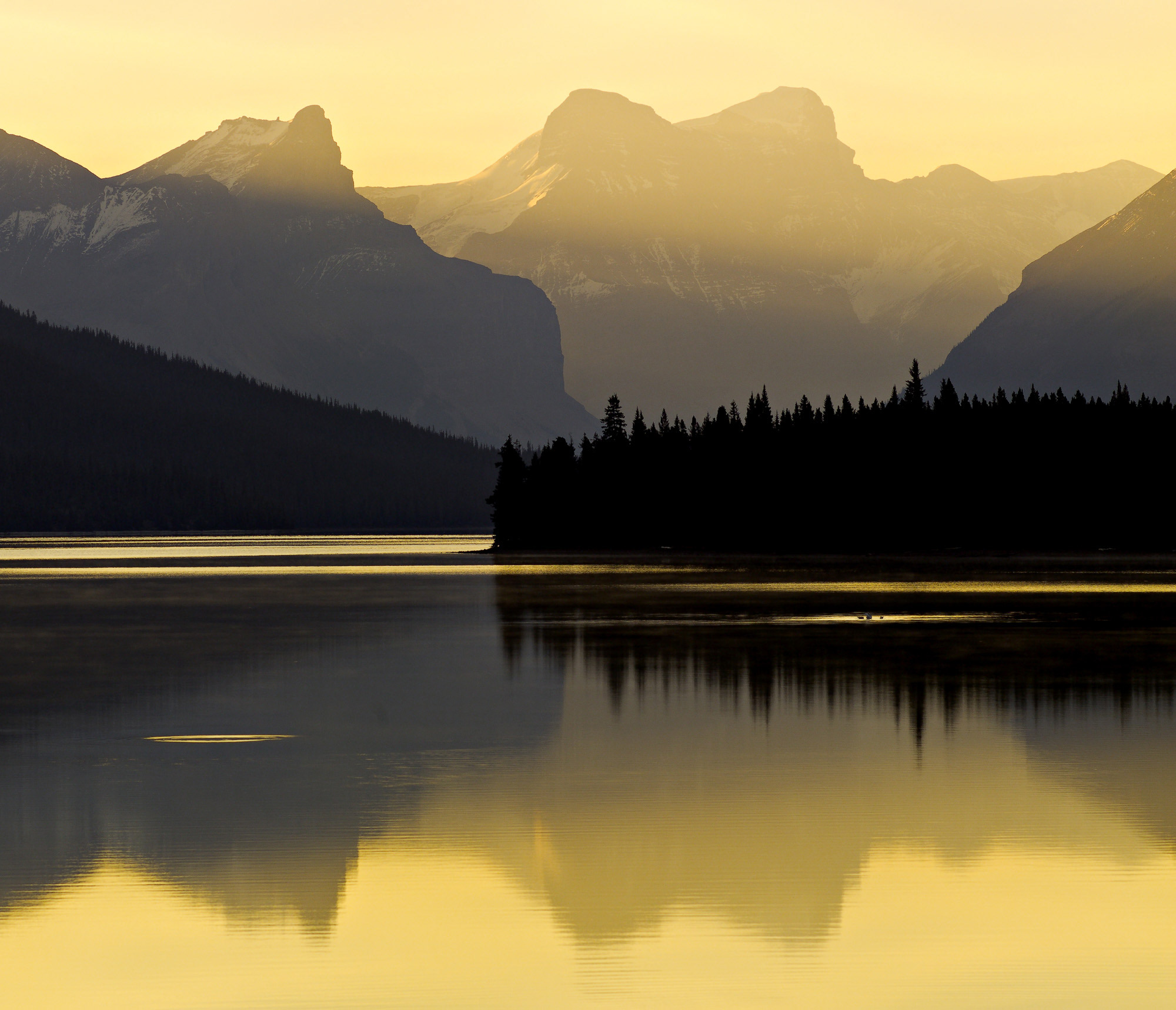A Different Approach To Lighting
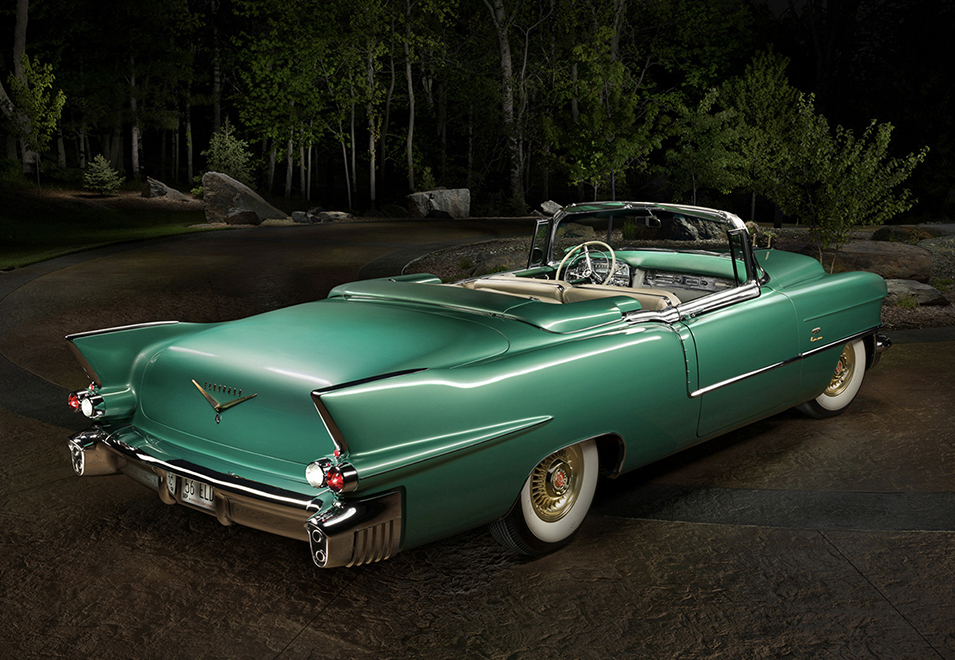

Learn how to create spectacular light painted images in an expanded four-day hands-on learning experience.
Indianapolis, Indiana October 15th – 18th, 2017
Have you ever seen images produced with light painting? This process produces a very dynamic look that enhances images and makes your projects stand out in the market. Details are accentuated in an interesting way that captures the attention of the viewer, draws them in and engages them. You can watch the process here. Join John Hartman for an exciting opportunity to learn how to light paint. Over many years, John has developed this process into an art and he will share his techniques with you. The Indianapolis workshop will be located in the Stutz Business and Arts Center. Kevin Raber of Luminous-Landscape has a studio there and the owner of the building is a car collector and races formula 2 cars. The collection and mechanics shop are located in the building which will allow us unique opportunities for subject matter. We are excited to announce that Steve Goldsmith from Hasselblad will be participating and providing 3 Hasselblad cameras to capture different angles of the image during light painting. If you are interested please complete the registration form below and make your deposit. We are limited to 12 spaces. Questions and additional info: contact Debra Fadely-Raber here. Feel free to call Debra at 317-797-9313.
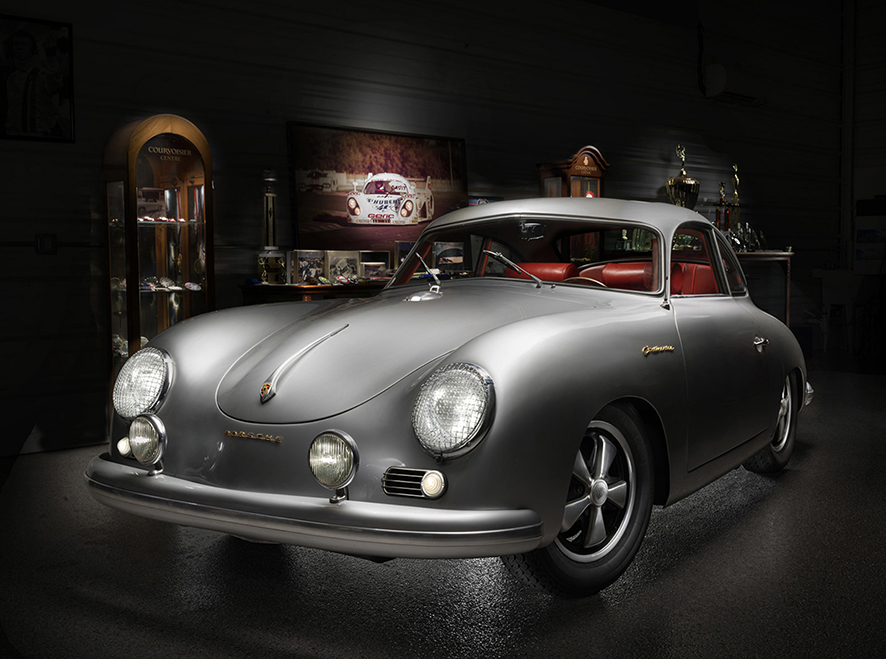

What Is Light Painting
Light painting is a photographic process that involves making multiple long exposures of a subject using continuous lights and then blending those exposures in Photoshop to create the desired look. John’s light painting projects have utilized as many as 150 separate images to create a single photograph. Light painting requires careful planning, a thorough understanding of light and strong photographic and post-processing skills. You will leave this workshop with all the information and tools you need to make stunning light painted images that cannot be created by any other method. John Hartman brings a vast wealth of knowledge acquired during his 42 years as a working professional photographer. His teaching experience spans 33 years, during which he has assisted tens of thousands of photographers at hundreds of conferences, conventions, seminars and workshops, including his highly acclaimed Las Vegas Marketing Boot Camps. John’s unique combination of artistic and technical skill, plus his ability to make complex processes easy to understand, help to provide an unmatched learning experience.
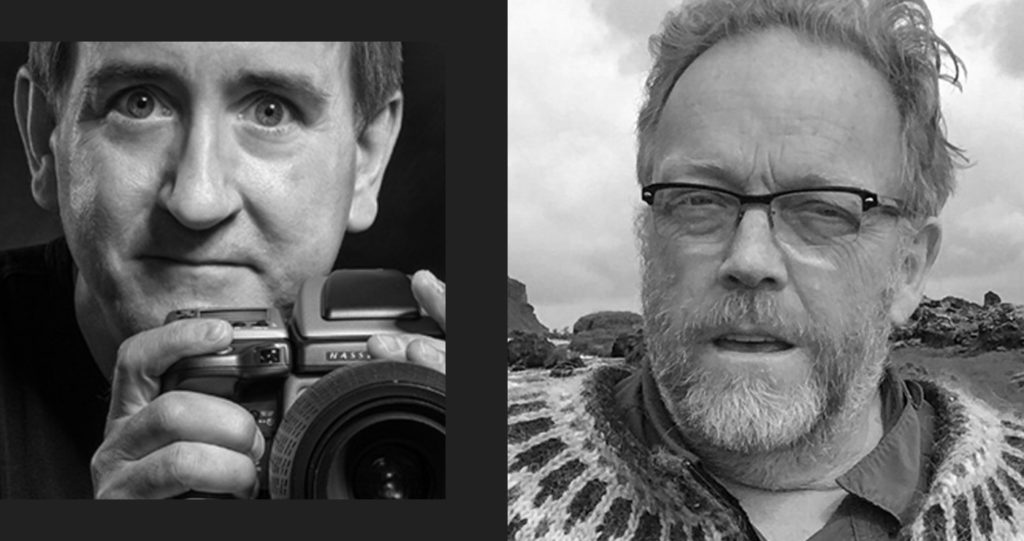

What you will learn:
- The art of pre-visualization
- Understanding and creating light direction
- Techniques for painting with light
- Strategies for managing large file sizes with dozens of layers
- Step-by-step process of adding individual photographs to your light painting
- Adjusting, fine-tuning and preparing your image for the highest quality print
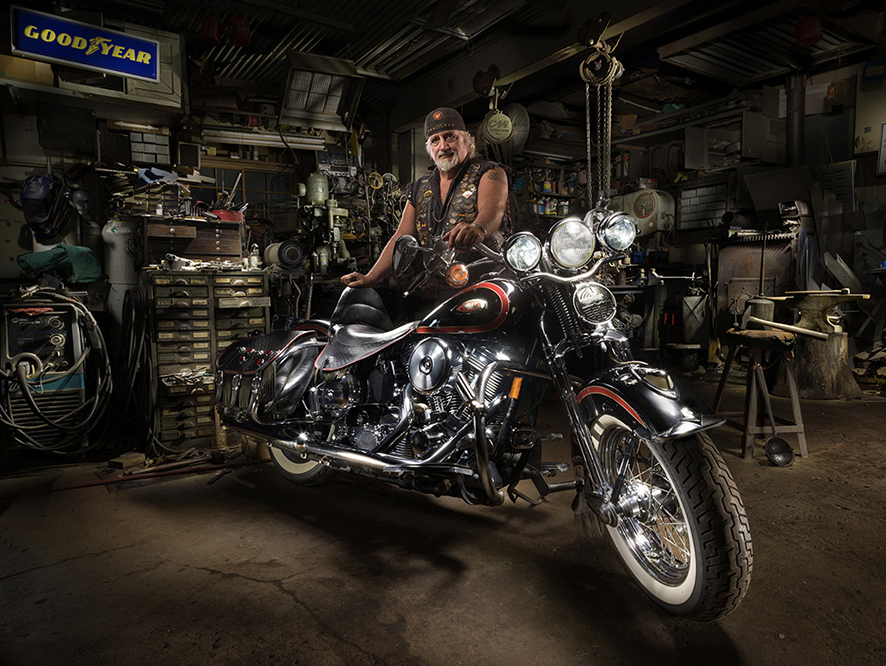

What you need to bring:
Click here to see the lighting kit John uses.
- Digital camera. 35mm DSLR, mirrorless or medium format, with the ability to set long exposures (B or T setting required). Short wide angle and short telephoto lens (a 24-70mm would be perfect).
- Remote shutter release, either wired or wireless. Inexpensive remote triggers are available for most cameras. Some cameras have a built-in wi-fi camera trigger controlled through a smartphone or tablet—check your instruction manual. CamRangers will work with most Nikon and Canon DSLRs. You can also shoot tethered directly to a laptop through Lightroom, CaptureOne or other RAW processor.
- Tripod. The steadier, the better. Even the slightest movement during the photo shoot requires starting all over again.
- Laptop or other computer (tower or all-in-one) with Photoshop, plus a tablet and pen. You will be working on files in class, and the painting techniques required to brush each layer into your finished image cannot be easily done with a mouse, and are almost impossible to do on your laptop’s trackpad. So if you aren’t yet using a tablet and pen, now is the time to get one, as you will most certainly benefit from it as you being your light painting projects.
- Continuous lights and modifiers, plus spare batteries and chargers (click on the link above).
- A gray card or color checker, if you have one.
- A simple tabletop still life setup of your choosing containing no more than five objects. These objects can be related (such as an old box camera, a roll of film, light meter, flashbulbs, etc.) or they can be totally unrelated. Try to bring objects in a variety of shapes, textures, and materials, including shiny/polished, fabric or furry, smooth and rough. Previous students have brought food items, children’s toys, electronics, tools and collections. Your setup should take up no more than 3–4 ft. wide by no more than 2 ft. high. You can also bring fabric or material as a foreground to place the objects on, as well as a fabric or other material to use as a background. You may bring as many items as you wish, but you may only use five for your light painting project.
What information and skills will you need to know prior to coming?
It is very important that you take the time to learn and understand a few concepts and functions before you get to the workshop, in order to be fully prepared to begin your light painting experience:
- How to set up and operate your remote shutter release. There are many remote shutter release devices available, but here’s a link for Canon and one for Nikon. If your camera has built-in wi-fi, check to see how to use your smart phone or tablet to operate your camera wirelessly without having to buy an external device.
- How to use the mirror lockup function on your DSLR.
- How to create and use Layer Masks in Photoshop.
- How to use a pen and tablet (make sure drivers are properly installed on the computer you bring).
- Please give yourself plenty of time to get up to speed on any of the above you’re currently not familiar with. There is nothing more frustrating than trying to learn a new concept without knowing your basic tool set.


Itinerary:
Day One (October 15 Sunday)
Noon
- Registration, meet and greet (directions to the studio will be provided after you register)
Afternoon
- Introduction to light painting
- Tabletop still life light painting demonstration
- Process files, create light painting in Photoshop demo
Dinner with the group in the city (included)
Evening
- Continue creating the light painting in Photoshop demo
Day Two (October 16th Monday)
Morning
- Now it’s your turn—set up and begin your table top light painting
Lunch – Bearcats in the Stutz on your own (or other nearby restaurants)
Afternoon
- Continue your light painting
- Begin processing your files and creating your first light painting
Dinner on your own (list of options provided)
Evening
- Evening large scale light painting project demo with John (House and Car)
Day Three (October 17th Tuesday)
Morning
- Process large scale project from the previous night.
Lunch – Bearcats in the Stutz on your own (or other nearby restaurants)
Afternoon
- Meet in Mechanics Shop to light paint
- Back in studio process files and create light painting
- Finalize, save and ready images for printing
Dinner on your own (list of options provided)
Evening
- The studio will be open to work on your images.
Day Four (October 18th Wednesday)
Morning
- Process large scale project from the previous night
Lunch – Bearcats in the Stutz on your own (or other nearby restaurants)
Afternoon
- How to market, merchandise, price and sell your light paintings
- Final Q&A, closing remarks
- 4:00 Head home and light paint fearlessly!
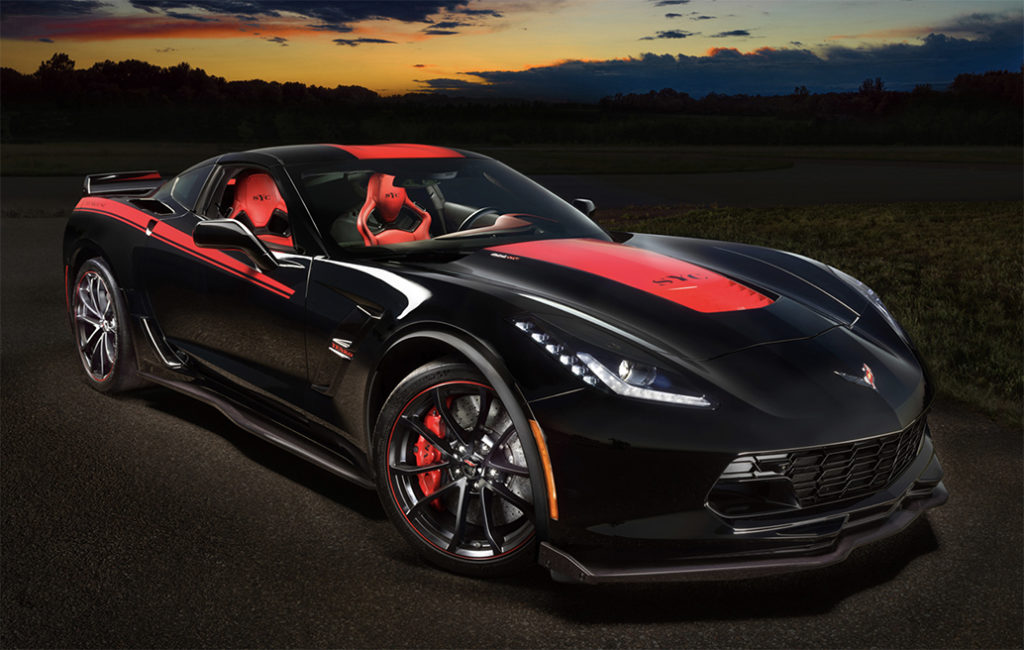

Registration and Cost
The cost of this workshop including the first evening’s dinner is $2800.00. This is a full extra day of content than John’s other workshops plus a dinner. We will be photographing for the first time with multiple cameras provided by workshop sponsor Hasselblad. This is a great opportunity not only to see the H-Cameras system by Hasselblad but also the newest X1D camera system. John and Kevin are long time friends and collectively have 80 plus years of experience in the photography industry. This workshop will be a great opportunity to learn lighting techniques that will set you apart in this competitive business from other photographers.
To register for this workshop please click on the Registration Form link below. There is a $1000 deposit due on sign up and balance due 30 days prior to the workshop. Deposits are non-refundable unless we find a person to replace your spot. There are only 12 places available for this workshop. So, register today and join us for a fun and educational 4 days.
Each participant will receive a 13×19 print of their set-up plus a 13×19 print of the 2 primary large set-ups.
Download Registration
You can also register online at Rockhopperworkshops.com. The exclusive provider of workshops for Luminous-Landscape.
We look forward to seeing you at this fun and amazing workshop.







